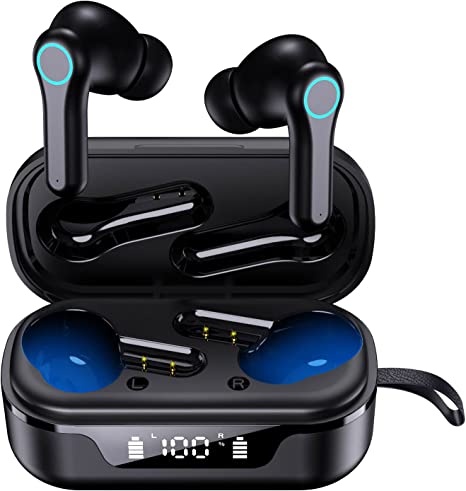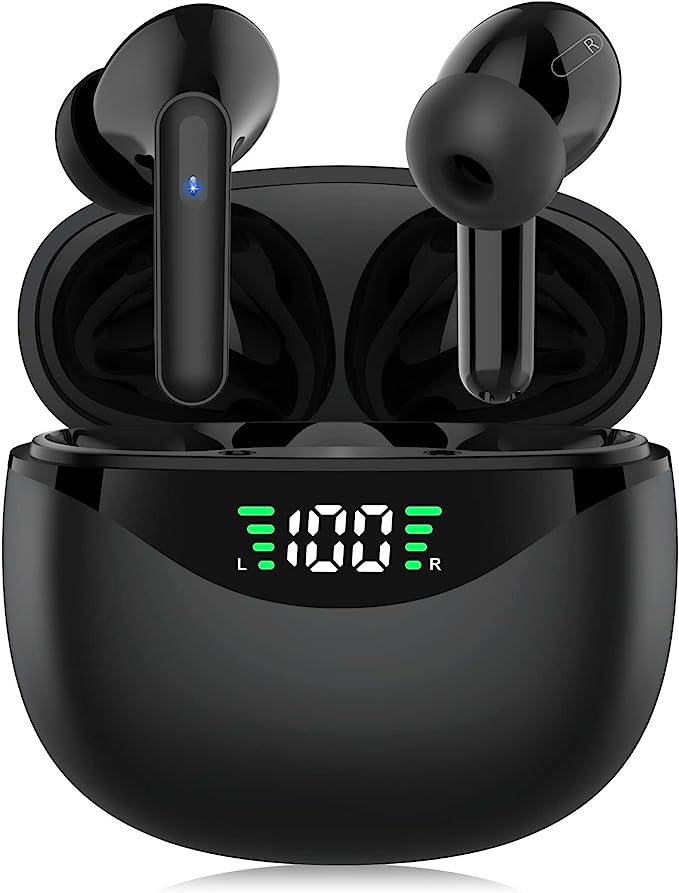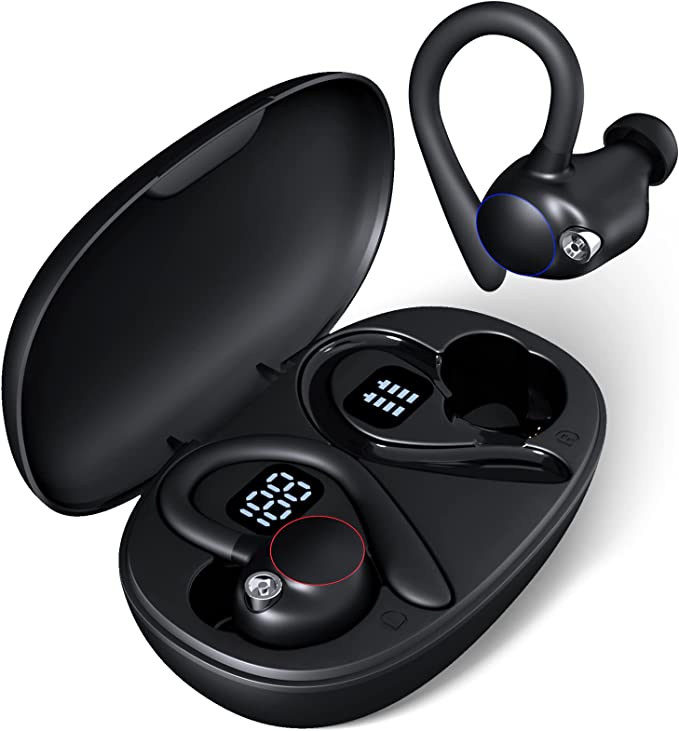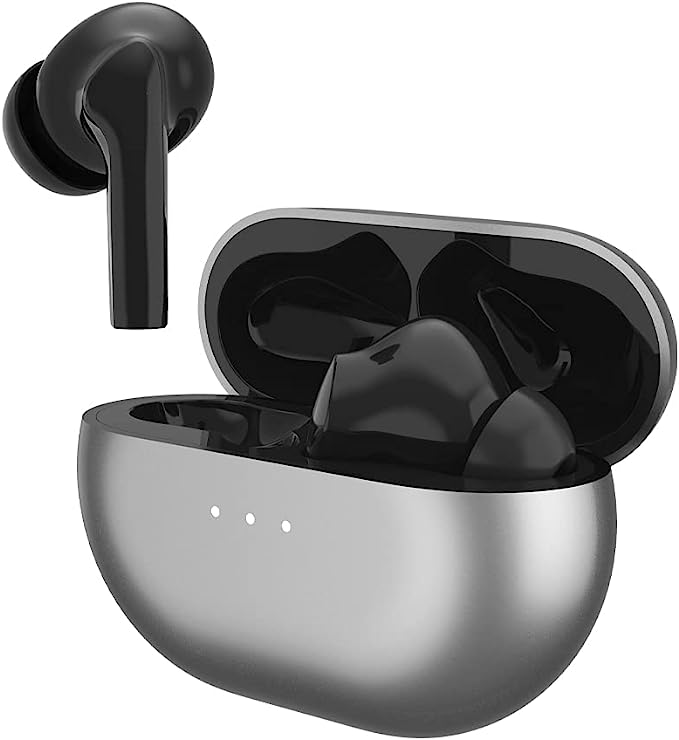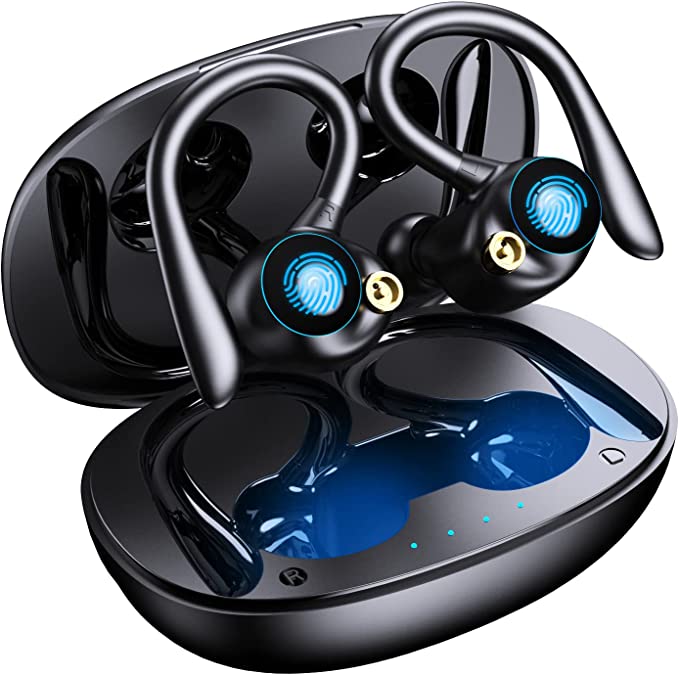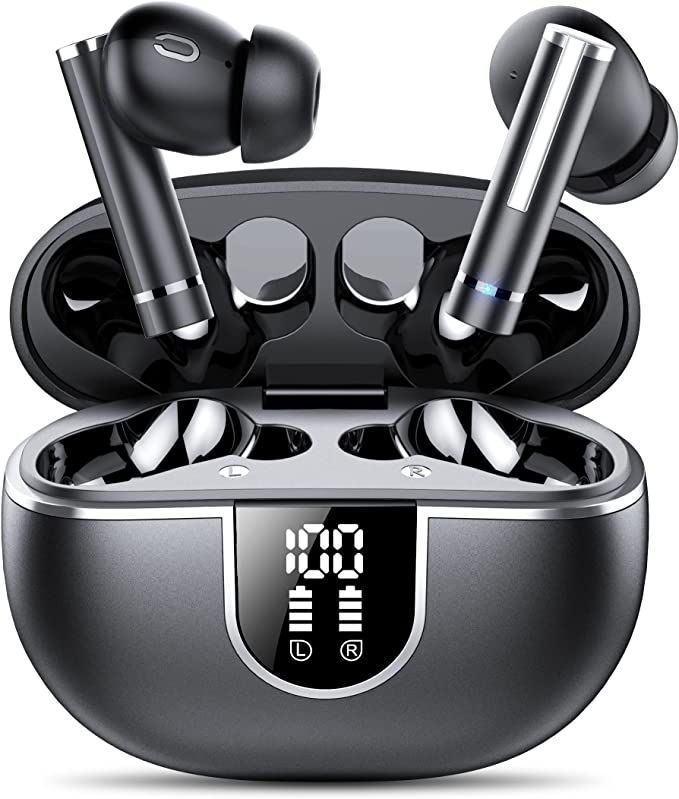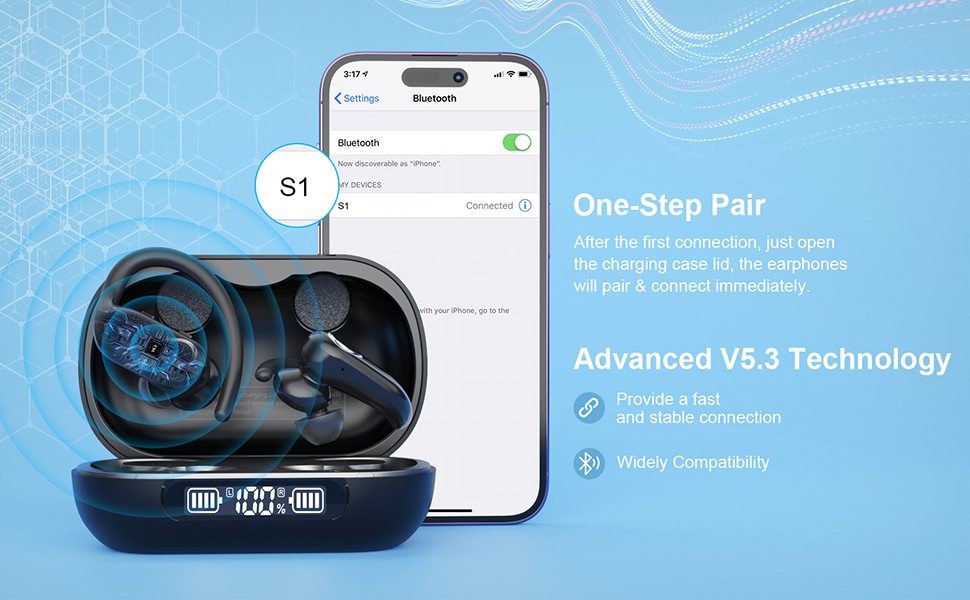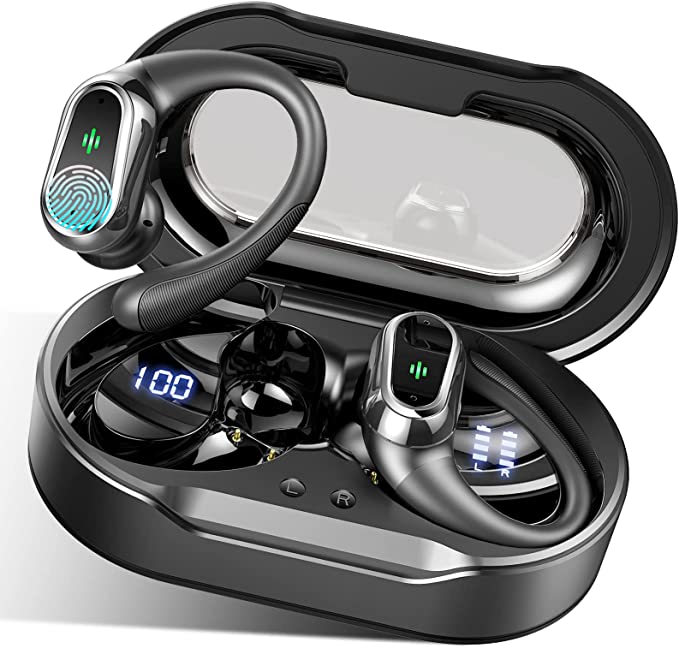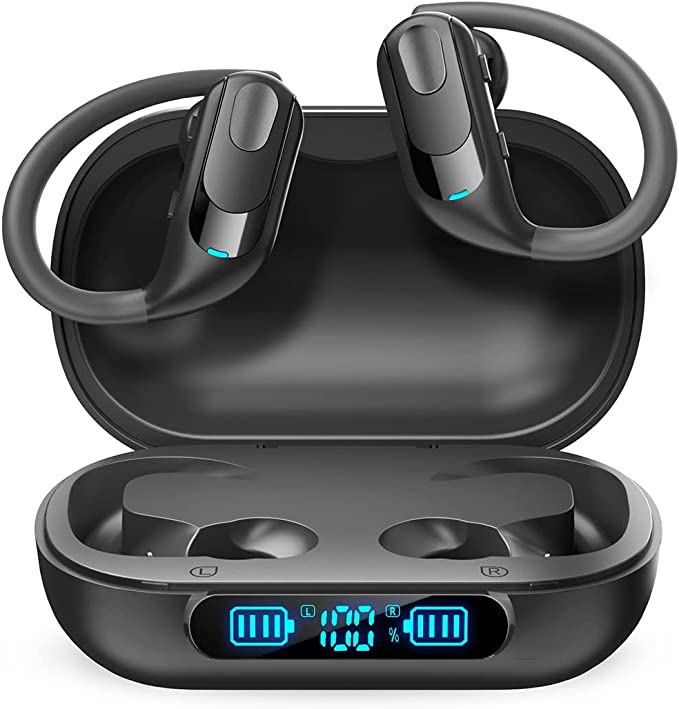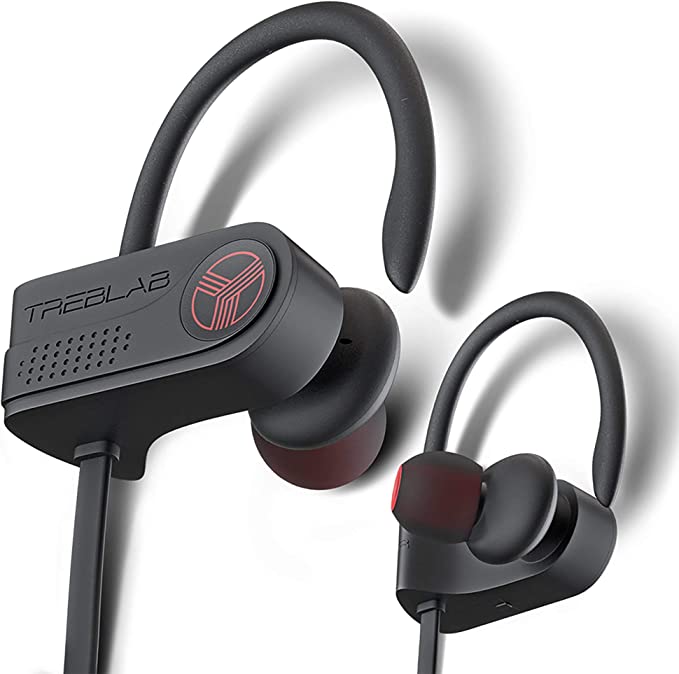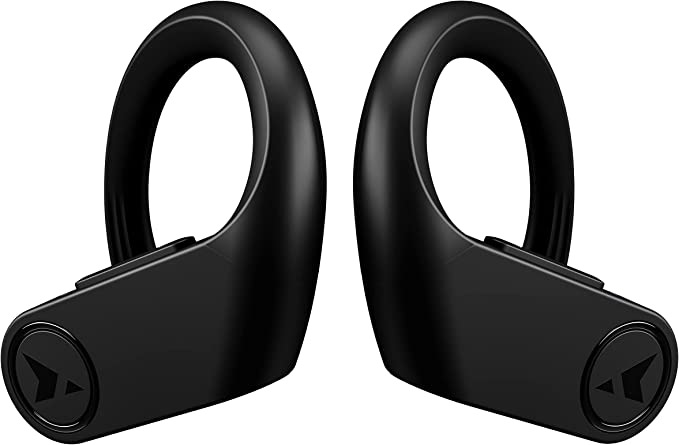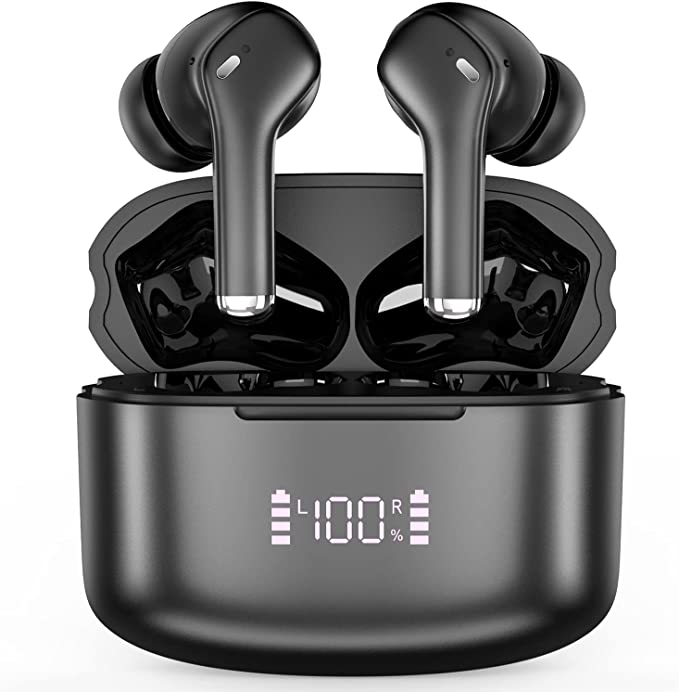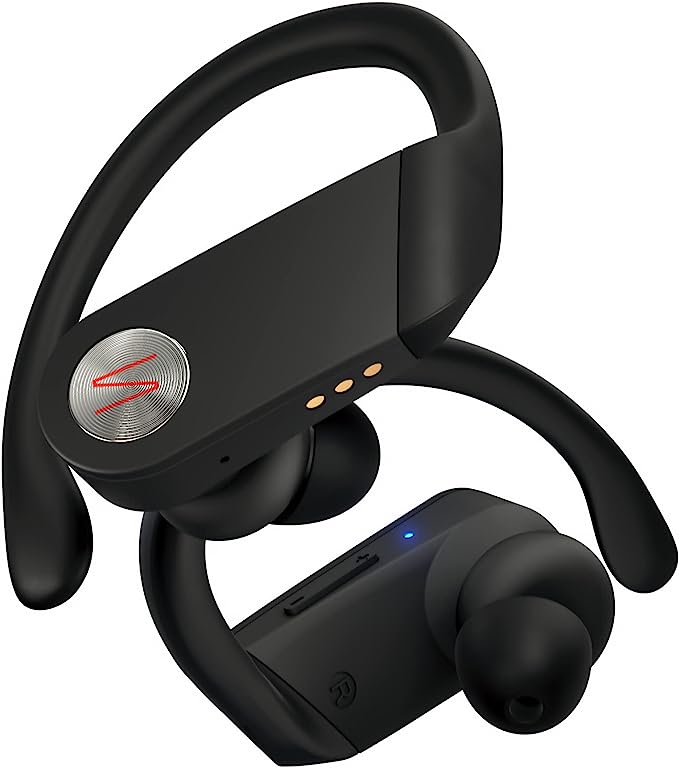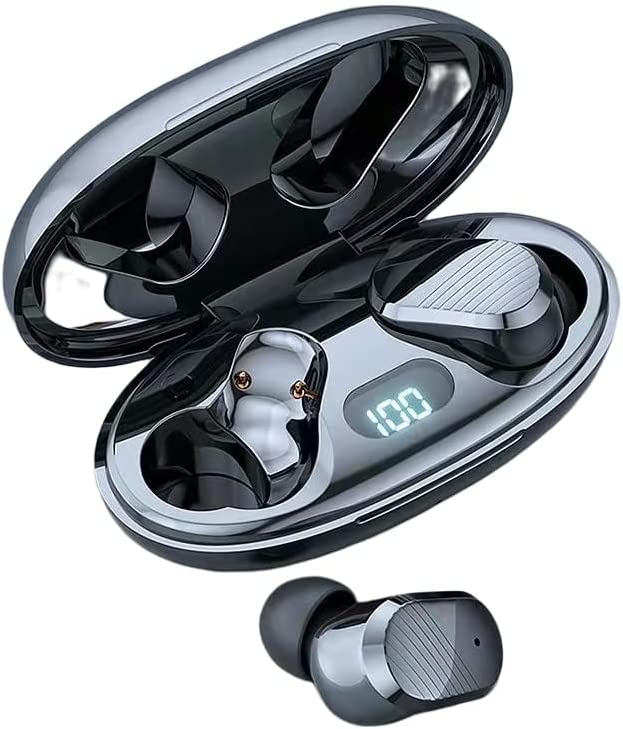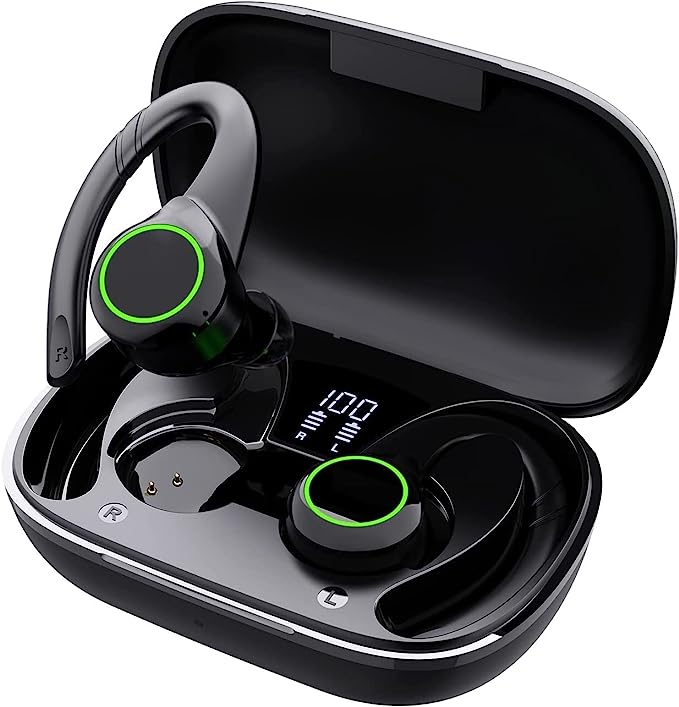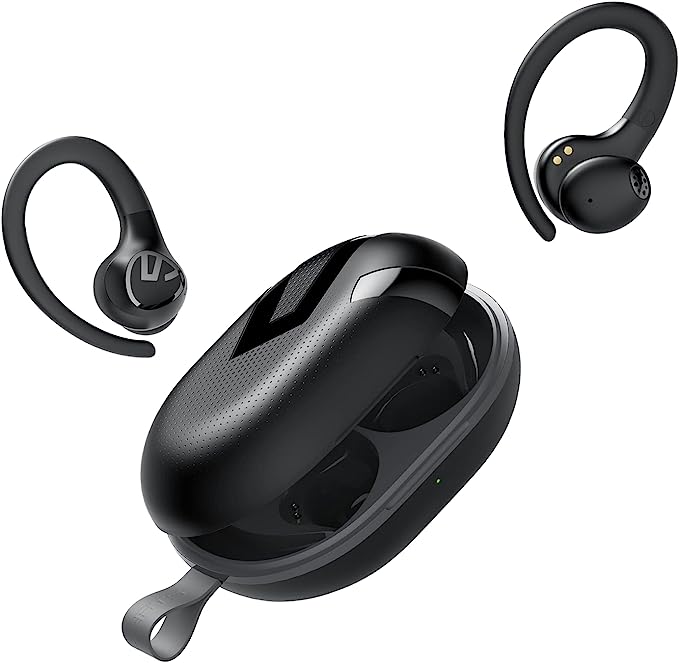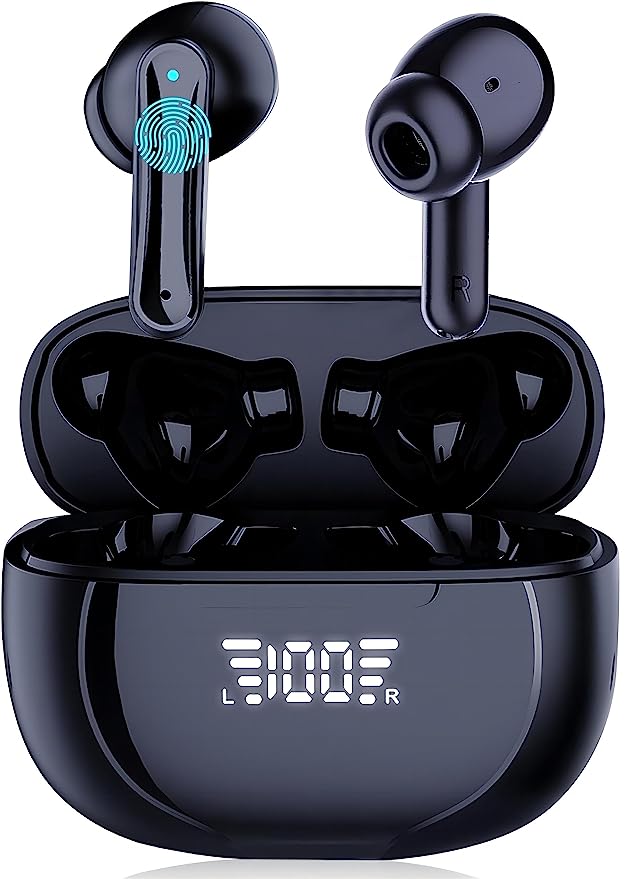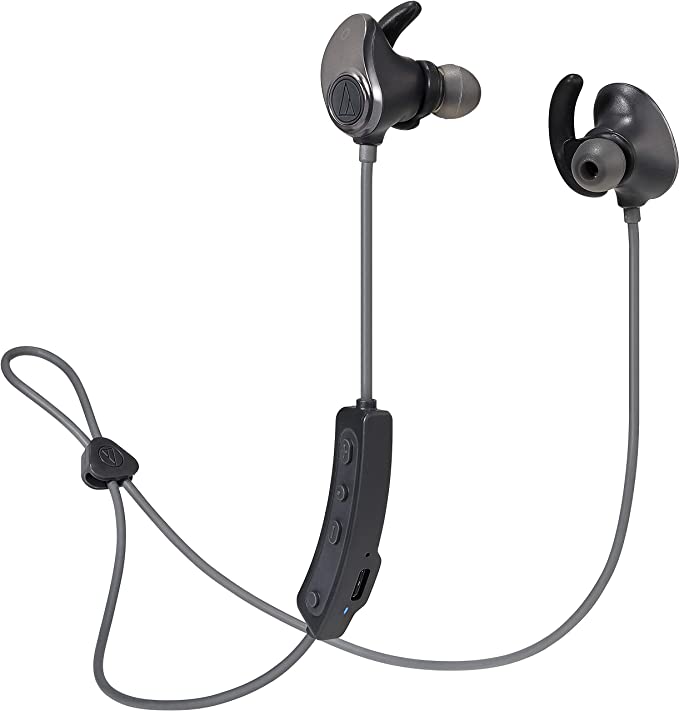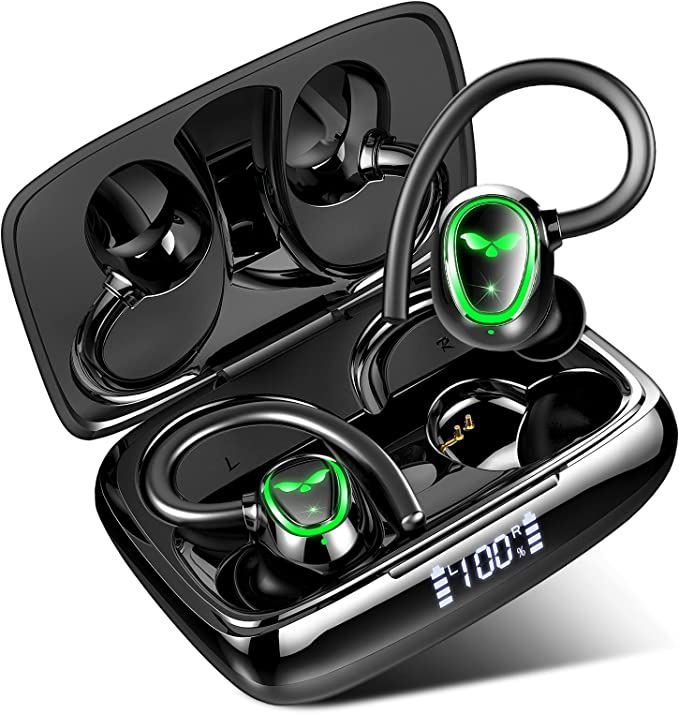EUQQ Q125 Wireless Earbuds: Your Ideal Music Buddy for Sports
Update on June 27, 2025, 7:12 a.m.
Have you ever felt that specific, maddening jolt of frustration as an earbud, slick with sweat, tumbles from your ear mid-stride? It’s a near-universal experience for anyone who has tried to pair fitness with music. In that moment, the complex symphony of your workout is interrupted by the clumsy percussion of plastic hitting pavement. We often blame the earbud, the shape of our ears, or even gravity itself. But perhaps we should be asking a different question: How is it that we can now buy a device for the price of a few fancy coffees, like the EUQQ Q125 Wireless Earbuds, that even attempts to solve this complex problem?
The answer is that these unassuming gadgets are not simple objects. They are miniature museums of technological history, each feature a testament to decades of scientific discovery and engineering ingenuity. To understand a modern sports earbud is to take a journey through physics, chemistry, and computer science. This isn’t a product review; it’s an archeological dig into the technology we now take for granted.

A War on Two Fronts: Defeating Gravity and Chemistry
Before a single note of music can be reliably delivered, a sports earbud must first win a physical war fought on two fronts: against the relentless pull of gravity and the corrosive attack of human chemistry.
The most visible weapon in this fight is the earhook. It seems simple, a flexible loop of plastic and rubber. But in reality, it’s a brilliant piece of applied biomechanics. A standard in-ear bud relies on a single point of contact—pressure within the ear canal—to stay put. This makes it highly susceptible to the shock and vibration of running. The earhook, however, creates a second anchor point over the auricle (the external part of the ear), functioning as a classic lever and fulcrum system. It distributes the device’s minuscule weight over a larger area, dramatically increasing stability. It’s a design that works with the anatomy of your ear, not against it.
The second front is far more insidious. Sweat isn’t just water; it’s a saline, slightly acidic cocktail that is brutally effective at corroding electronics. This is where the IPX7 rating comes into play. This isn’t a marketing slogan but a specific standard defined by the International Electrotechnical Commission (IEC 60529). The ‘X’ means it hasn’t been rated for dust protection, but the ‘7’ is a declaration of victory against liquids: the device can survive full immersion in one meter of still, fresh water for 30 minutes. This is achieved not by magic, but by meticulous physical engineering—tiny rubber gaskets sealing seams, water-resistant adhesives, and sometimes even hydrophobic nano-coatings on the internal components. The IPX7 rating is an earbud’s GORE-TEX jacket, an invisible shield ensuring that your personal chemistry doesn’t prematurely end its life.

The Unseen Handshake of a Viking King
Once secured and shielded, the earbud must talk to your phone. The invisible thread connecting them is Bluetooth, a technology so ubiquitous we rarely consider its own remarkable story. The EUQQ Q125 uses Bluetooth 5.1, a modern dialect of a language that began as a quest for something far simpler: a universal, short-range radio to replace the tangled mess of RS-232 data cables in the 1990s.
The name itself is a nod to this mission of unification. It’s named after Harald “Bluetooth” Gormsson, a 10th-century Viking king famed for uniting the disparate tribes of Denmark and Norway. The engineers at Ericsson, Intel, and Nokia who pioneered the standard saw a parallel: their technology would unite the disparate “tribes” of cell phones, laptops, and accessories.
But Bluetooth 5.1 is light-years beyond its origins. Its key advantage is its mastery of the Bluetooth Low Energy (BLE) protocol. It allows devices to maintain a stable connection while sipping power, enabling earbuds to last for hours on a tiny internal battery. It’s also smarter, allowing for features like “one-step pairing” where each earbud can independently establish a connection with your phone, making the process faster and more robust. This invisible, power-efficient handshake is the unsung hero of all-day audio.

The Art of Making Sound, The Science of Being Heard
Finally, we arrive at the soul of the earbud: the sound. This is a two-part performance involving the art of creating sound and the science of capturing your voice.
The creation happens in the 13.6mm dynamic driver. Think of this as a miniature musical instrument, a tiny drum inside your ear. The “13.6mm” refers to the diameter of the drumhead, or diaphragm. In acoustics, a larger diaphragm can generally move more air, giving it the potential for a deeper, more resonant bass response—the satisfying thump in your music. The material of this diaphragm, described here as a “biocomposite,” is where material science comes in. The ideal diaphragm is a paradox: it must be incredibly lightweight to vibrate thousands of times per second for clear, crisp treble, yet simultaneously extremely rigid so it doesn’t warp or flex, which would distort the sound. Engineers are in a constant quest for materials—from paper and plastic to exotic metals and composites—that can strike this perfect balance.
But what happens when you get a phone call mid-workout? This is where the Q125’s CVC 8.0 Noise Cancellation enters, and it’s one of the most misunderstood terms in audio. This is not Active Noise Cancellation (ANC).
* ANC is for your benefit. It’s like putting on soundproof headphones, using microphones to listen to the outside world and creating an “anti-noise” wave to erase it before it reaches your eardrums.
* CVC (Clear Voice Capture), a technology developed by Qualcomm, is for the benefit of the person you’re talking to. It’s a sophisticated algorithm that uses the earbud’s microphones to act like a professional sound engineer. It listens to all the incoming sound, intelligently separates the distinct frequencies and patterns of your voice from the chaotic noise of the gym or a windy street, and digitally suppresses the latter. CVC doesn’t make the world quieter for you; it makes you sound clearer to the world. It’s a piece of advanced telecommunications technology, democratized and placed right next to your cheek.

The Miracle of the Mundane
When you piece it all together, a product like the EUQQ Q125 reveals itself. It isn’t defined by a single, revolutionary feature. Its true marvel is the seamless integration of a dozen technologies that were once cutting-edge and prohibitively expensive. The ergonomic stability, the chemical resistance, the power-efficient wireless protocol, and the intelligent voice processing—each is a mature solution to a difficult problem.
These earbuds stand on the shoulders of giants: of the engineers who defined the IP standards for industrial equipment, of the visionaries who named a wireless protocol after a Viking king, and of the signal processing experts who taught a computer how to isolate a human voice. They are not perfect, but their very existence at an accessible price point is a quiet testament to the relentless, democratizing march of technology. The next time an earbud stays put during a sprint, or you take a clear call in a noisy café, take a moment. You’re not just using a gadget; you’re experiencing a piece of history, a ghost in the machine, and a small, everyday miracle of engineering.
